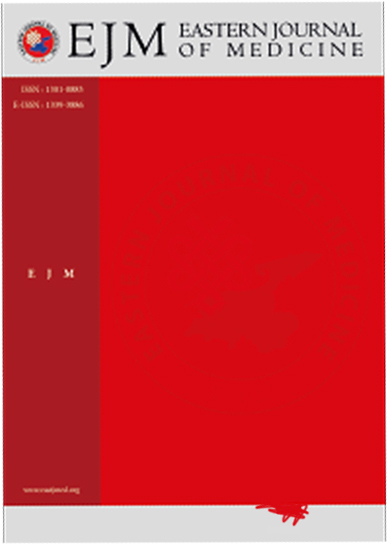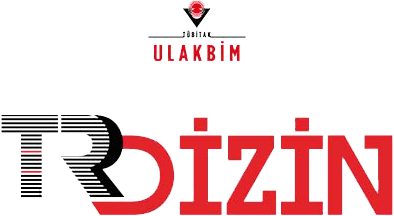Evaluation of the Results of Ganglion Impar Blockade in Patients with Chronic Coccydynia
Abdulkerim Gökoğlu1, Hüseyin YİĞİT2, Erdogan UNUR31Department of Neurosurgery, Private System Hospital, Kayseri, Turkiye2Institute of Health Sciences, Erciyes University, Kayseri, Turkiye
3Department of Anatomy, Institute of Health Sciences, Erciyes University, Kayseri, Turkiye
INTRODUCTION: The aim of our study was to evaluate the effects of bupivacaine and steroid injections, followed by Radiofrequency Thermocoagulation (RFT), on the improvement of symptoms in patients with coccydynia.
METHODS: We reviewed the medical records of eight patients with coccydynia who were referred to the neurosurgery clinic and underwent an impar ganglion block. The study retrospectively evaluated demographic data, time of pain onset, causes of pain, X-ray results, invasive procedures, and scores from the Visual Analog Scale (VAS) and Oswestry Disability Index (ODI). VAS and ODI scores were recorded before the procedure, on the first day after the procedure, and three months post-procedure.
RESULTS: The study included five females (62.5%) and three males (27.5%). The mean age of the patients was 40.5 ± 10.6 years, and the mean BMI was 26.21 ± 4.2 kg/m². Two patients had idiopathic neuralgia, two had trauma-related neuralgia, two had post-herpetic neuralgia, and one patient had persistent pain following previous anorectal surgery and S2 perineural cyst-related pain. The baseline VAS value was 10 (range: 9-10) and the baseline ODI score was 69 (range: 48-94). There was a significant improvement in both VAS [2.5 (range: 1-4)] and ODI scores [4 (range: 0-34)] on the first day after the procedure (p<0.001). These low scores were maintained at the third month [VAS: 1.5 (range: 1-10) and ODI: 1 (range: 0-78)].
DISCUSSION AND CONCLUSION: In patients with coccydynia, bupivacaine and steroid injections followed by RFT provide satisfactory long-term analgesia, as evidenced by decreased VAS and ODI scores.
Manuscript Language: English














